Preaching through Proverbs has been such an adventure to me. The book of Proverbs been a love and special focus of mine for almost four decades. I've had the opportunity to do the occasional conference, lots of articles, and this book (which, by the way, is still available at a startling 40% off at the WTS bookstore). You might think I'd think I had a handle on Solomon's opus.
But no, I'll confess right up-front that Proverbs is a book where you never feel like you've "touched bottom." Preaching through chapters 1—9, and now into chapter 10, has forced me to go deep like I never had before: word-studies, syntax, poetics, semantics, the whole nine. It's made me bring out every tool I have, such as they are, and use each copiously.
 That's what I'd like to muse about with you. Many think that a pastor might get some academics in seminary, and then will do best to leave them as far behind as possible the moment he gets his terminal degree. By now you know that I totally disagree. Every moment, every second I've spent in Hebrew or Greek or what-have-you over the last four decades, I did with the mind that I was going to use all that to serve Christ and His church in some way. What I would bring in the pulpit would be enhanced by the best academics I was capable of.
That's what I'd like to muse about with you. Many think that a pastor might get some academics in seminary, and then will do best to leave them as far behind as possible the moment he gets his terminal degree. By now you know that I totally disagree. Every moment, every second I've spent in Hebrew or Greek or what-have-you over the last four decades, I did with the mind that I was going to use all that to serve Christ and His church in some way. What I would bring in the pulpit would be enhanced by the best academics I was capable of.Ah, but how? How to wed the one to the other, how to bring the two seemingly-unpairable worlds together? To many, that's just an unmixable mix. "You can't stand up there and lecture," they'd say. "Preaching is truth on fire, it's no place for the scholar's dusty droning."
The concern is valid. A pastor who wants to lift up Christ and feed saints will never aim at putting folks to sleep, or sending people off swooning over his sesquipedalian vocab. But is there any benefit in a lazy approach to the text, one content with skimming three P's and a poem off the surface of any given text? Surely there are more options than the two extremes.
Here's what I settled on long ago: I would give exert my very best effort to dig as deeply as I could into the text, and then prayerfully translate the results into a sermon accessible by anyone yearning for God's truth. The sermon is not a showcase for all the tools I've picked up; but it is a showcase for the results gleaned by the prayerful use of those tools. I dig deep, not to drag everyone down the mine-shaft with me, but to show them the pretty gems I found in the process — and to encourage them to do their own digging.
The analogy that helps me identify my goal is that of the really good tour-guide.
You and I, artistic bumpkins that we probably are, could stroll through a museum and think, "Hunh, nice painting. Hunh, nice painting. Hunh, I don't like that one much. Hunh, nice painting..." And it'd have been a worthwhile experience. Cul-chah, don't you know.
That's what I try to do. Listen to this sermon on Proverbs 10:1, if you want to, and look at the outline. It's a sample of what's happened with me over and over in this series. I'd read Proverbs 10:1... how many times? A hundred? Ten thousand? But in studying it for this sermon, I saw depths and relationships that had never come out to me. Some of them came to me thanks to reading it in Hebrew for the whatever-th time, some thanks to the research for the book, some just from this study.
But what I distilled and brought into the pulpit with me was an amazement at Solomon's art, and the grandeur of the God who inspired it. Yahweh gave that man such wisdom, the book bristles with it on every level. It's a marvel. And the Spirit of God, in lifting Solomon to the ability to write this book, produced such a masterpiece, such a work of art.
So I see part of what I'm doing as standing there with my dear folks looking at this marvelous painting, and excitedly saying "Look at those brushstrokes! They tell a story. This is the sort of style the artist uses to communicate..." — and off I go, waxing rhapsodic at the wonders of our sufficient Scripture.
I'll say frankly that countless others vastly dwarf me academically (Gordon Hugenberger would be an example among preachers), that's not my point. My point is that everything I have, everything I've culled together over some forty years, I use.
So: if you're in the process of preparing to be a pastor, give it everything you've got. Get a grip on that tools that you can keep up, until the Lord says you're done. If you're currently a pastor, keep them current; maybe find a way refresh them.
And if you're looking for a church: find one where the pastor's tools are many and well-used. You want him to dive in and bring back the best for you. And "the best" doesn't just fall off trees into lax, flabby, sluggardly hands (Pro. 10:4).


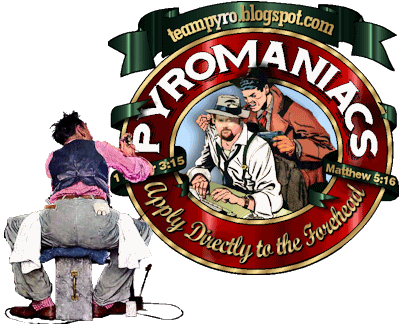


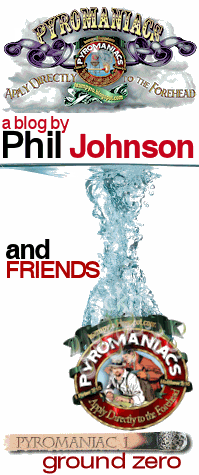

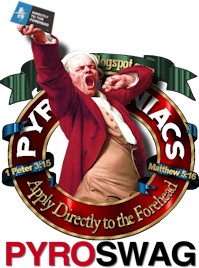
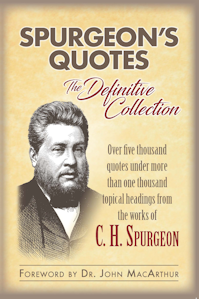
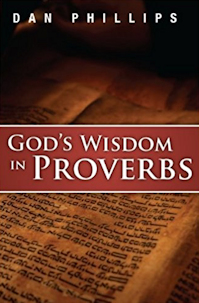




2 comments:
I think you described the heart of a pastor well: a love for God's word (meaning all the excellence you can bring to rightly dividing it), and for bringing it home to the flock.
Love God, and love one another, directly applied to pastoral ministry.
Really good, Dan. And I like your "notes" sheet.
I know the "art" thing was just an illustration, but I couldn't help being reminded of my first visit to the Art Institute of Chicago, AFTER taking an Art Appreciation class at Grand Valley State.
I had almost zero interest in art, but that teacher was SO good that he captivated me.
He had been EVERYWHERE in the world and taken "slides" [those are projectable photos for you youngins] of thousands of original paintings.
One was
The Old Guitarist by Picasso, from his "Blue Period".
Some of us more art-ignorant students were amazed that Picasso actually knew how to paint a real human, but we learned much more:
that Picasso was very poor then, and often painted over previous paintings to save on canvas costs;
that this Guitarist painting was an example of a "painted over" canvas, and that if you saw it in person, you could vaguely see the painting underneath;
that in his Blue Period (1901-1904) he really was "blue", due to the suicide of a friend, and so forth.
Just seeing the "slide" of the painting made it my favorite.
Anyway, as we were walking through the Art Institute, I turned a corner and was shocked to see THE original right before my eyes!
I was surprised how HUGE it was. I had pictured it as a little bitty thing, but it was actually something like 3x4 feet.
Sure enough, I could see the previous painting underneath it, and the blue coloring was striking.
Point being, a few years later I became a Christian and the Word of God has supplanted Art and everything else as the thing I'm most interested in having Tour Guides for.
Like most folks, I have my favorite Tour Guides, but the best of them are able to take their own many hours (and years) of study, distill it, break it down, and communicate it for the common man in the pew...
(as J. Vernon McGee used to say, taking the hay down out of the loft and putting it on the floor where the sheep can eat it)...
-- with a passion that the Tour Guide himself has, creating a passion in the hearer -- all leading to the lifting up of "our great God and Savior, Jesus Christ".
Post a Comment